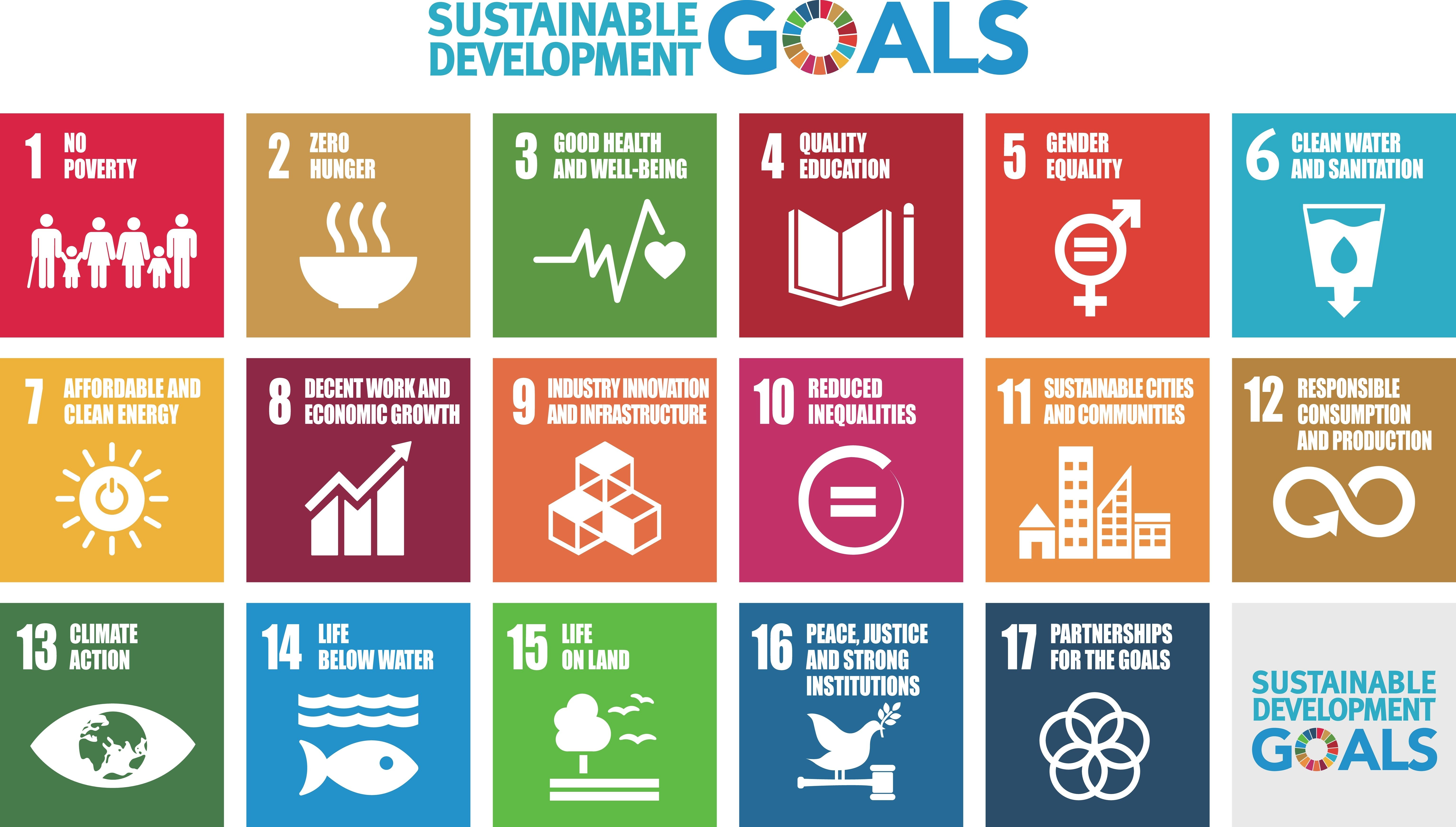

The transport industry has a huge opportunity in helping to achieve the UN’s Sustainable Development Goals. This can be through the physical connection roads bring to helping people to access food, education and professional opportunities. Or, by the practices we implement in reducing emissions, increasing biodiversity on our roads and developing sustainable transport options. In our latest blog, CIHT Technical Champion Paul Middleton discusses the individual roles we all play in helping to achieve these goals.
Join other savvy professionals just like you at CIHT. We are committed to fulfilling your professional development needs throughout your career
Climate action is certainly not something new - it came about due to the identification of climate change in the 1980s, which prior to that was referred to as ‘inadvertent climate modification’. So, in the last 40+ years, we have tried to tackle this issue at a global, national and local level, with various initiatives, guidance, policies and, more critically, action. This is what is truly meant by climate action where those activities, policies and mechanisms are implemented to reduce the severity of climate change.
In the Global and national context, we are regularly exposed to the ‘Conference of Parties’ otherwise known as COP which is an annual conference to assess the progress with dealing with climate change. These events have been held sine 1995 and have generated various action points. One of the most important actions happened recently in Paris at COP21, whereby the Paris Agreement was signed.
The Paris agreement is exactly that, an agreement between parties to act in the area around global climate change. This governs the climate change reduction measures from 2020 onwards and is, in essence, where we at the local level are contributing to its delivery.
The agreement sets out three key elements:
These three key elements are huge due to being targeted at a global level. However, we need to think about how we contribute to fulfilling them nationally, and even more importantly, at the local level where our everyday decisions and actions either contribute or have an adverse effect to climate change.
At a similar time in 2015 the United Nations adopted the Sustainable Development Goals (SDGs). These are a set of 17 goals with the aim to end poverty, protect the planet and ensure that by 2030 all people enjoy peace and prosperity. These SDGs support the Paris agreement but enable national and local policy makers to define how their decisions and actions are directly working towards these 17 goals.

Paul is the Asset Management lead for the Local Government Business within WSP in the UK. He has over 25 years’ experience in Highways Asset Management and Maintenance contracts. This experience has been across a range of organisations including within Local Government, Consultants and Contractors.
Do you want to become a CIHT Technical Champion? Click here to find out more>>> Enter your project for the CIHT Award for Sustainability

If we look at the SDGs, on the face of it, some may seem as if the highways and transportation sector may have little impact. Yet, if we think in a little more detail it becomes apparent that there are several touch points when creating, improving or maintaining infrastructure.
Many organisations have taken an approach to identify how they can deliver on these objectives and goals through the development of sustainability plans or strategies. The benefit is that these plans or strategies create the linkage between the current services or activities with which they undertake. This linkage enables a refinement or wholesale change in methods and approaches which can have real benefits to the wider agenda and ultimately contribute in a small way to tackling climate change.
Now the challenge we face in the sector is understanding our own role in the projects that we work on and how those relate to others. We are a sector that has become far more collaborative, so this adaptation should be relatively easy to embed. However, as with all things that cause us to change or think differently, we now need to take a step back and review how to approach these changes.
In most projects, we have a scope or a brief that is then complemented with a contract. These are the reference points as to why and how the projects will be delivered, and in effect create the ‘red line’ boundary for all those that will work on the project. Supporting these are all the relevant standards and policies which we use to ensure that the project is compliant technically and risks have been identified and managed through all the stages.
So, what benefits or added value can the project deliver that is perhaps outside of the ‘red line’ boundary. For instance, when developing a transport planning scheme with an emphasis on how people and vehicles move around, do we consider where the materials come from or how readily available they are they from a maintenance perspective?
When delivering an asset maintenance scheme for a local authority, do we consider what improvements could be made to assist movement for users or support a modal shift to a more active or sustainable method?
Do we embed the opportunities to upskill our colleagues within the sector on how to implement different approaches into projects? Do we fully work towards our clients’ overall corporate objectives when designing, delivering or maintaining their assets? Are we doing enough around STEM with the next generation as they will either be users of the infrastructure or will be the ones designing it?
Climate change has started, and we can all see things changing before us, such as severe weather events and even some food shortages. A direction has been set by the global community as to what we all need to do, but, we all need to use the Paris Agreement, the SDGs and our clients sustainability plans as the reference points that we challenge ourselves against.
Climate action in the sector will come about though innovation, which can be something we have never seen before through to refinement of exiting processes supported by true collaboration. The sector is leading in areas such as Future Ready, decarbonisation to achieve Net Zero and delivering biodiversity.
However, it is down to each individual to truly understand how they can add benefit to the project, to their clients’ corporate aspirations and in arresting climate change at a national and global level.
The opinions expressed in this article are those of the authors. They do not purport to reflect the opinions or views of the CIHT or its members. Neither the CIHT nor any person acting on their behalf may be held responsible for the use which may be made of the information contained therein.
Have you recently worked on a sustainability project? Why not enter it into the CIHT Award for Sustainability?
This award recognises projects, schemes, products, or strategies delivered or developed by the highways and transportation industry that can demonstrate a contribution to sustainable development. The judges of this award will be looking for entries that show a clear commitment to one or more of the United Nations Sustainable Development Goal(s) and demonstrate environmental benefits with either a global or local impact.
Join this webinar as we discuss our upcoming report ‘Green and Blue Infrastructure: A Transport Sector Perspective’ written to give recommendations to Government bodies and highway authorities on how to provide a better understanding and greater implementation of GBI.
During the webinar we look at what needs to be done to encourage greater GBI implementation on our streets, roads and highways.
You will hear from key members of our GBI steering group who helped write this report as they discuss how GBI can be effectively incorporated to create more resilient roads and commonly overlooked benefits of GBI.
There will be a Q&A session towards the end of the webinar where the audience can ask the speakers their questions.
Join other savvy professionals just like you at CIHT. We are committed to fulfilling your professional development needs throughout your career
{{item.AuthorName}} {{item.AuthorName}} says on {{item.DateFormattedString}}: